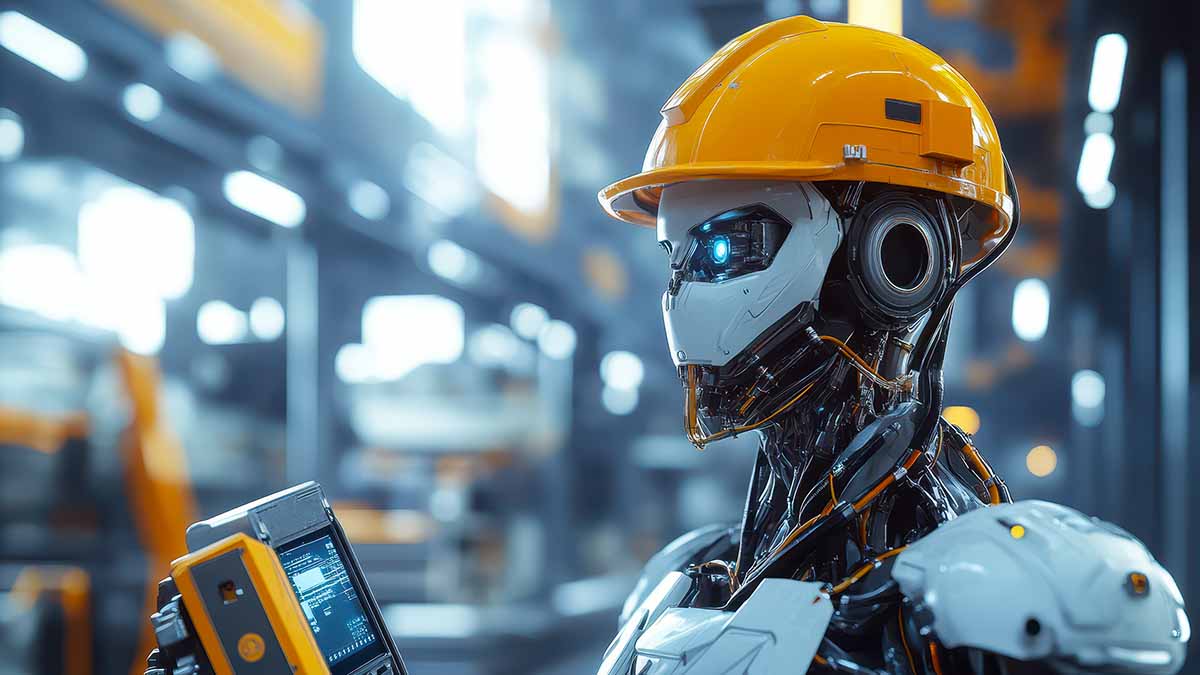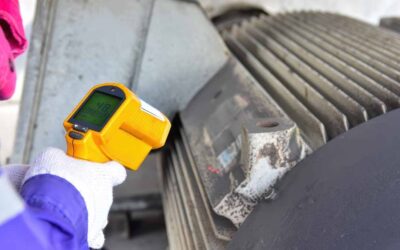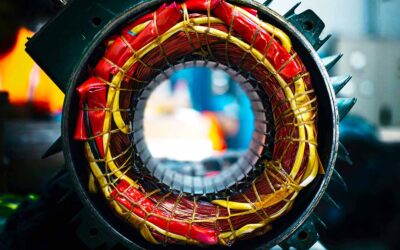AI has exploded into the mainstream, with businesses and individuals rushing to adopt it—some as a helpful tool, others in full dependence. The appeal is obvious: limitless potential and an output that far surpasses the effort required.
AI without a strong foundation is just automation without direction.
However, I am here to advocate for “First AI,” which I believe is imperative before taking the complete leap to “Last AI.” If you know me, I am an absolute warrior for the basics, doers, and reality of how maintenance and reliability are actually practiced in our field. I have found that many organizations are not ready for or using “Last AI” meaningfully and would benefit more from my “First AI.”
Before AI Leads, Humans Must Set the Foundation
I used the terms “First AI” and “Last AI” to emphasize the importance of prioritizing human experience and foundational knowledge before handing control to automation. When answers come instantly at the push of a button, it’s easy to overlook the fundamentals, relationships, and structured actions that drive real success.
This can sometimes be the easy button with no real substance behind it, essentially the perception of innovation or strategy. If you talk to industry experts and experienced professionals, they will tell you that relying solely on automated recommendations can be a slippery slope in the maintenance and reliability space.
AI can process data, but only humans can provide real-world context.
Last AI cannot understand context, behavior, and certainly the ability to have synchronized senses, which a human has at their disposal. (For now!)
I know what you are thinking. “Well, Last AI can boost First AI,” and I agree with you, but First AI focuses on the areas that create a successful foundation for further scale and technology to be leveraged. By embracing action, understanding, and introspection in our personal and professional lives, we create a stronger foundation for leveraging and evolving with Last AI.
Some argue that AI is only as effective as the questions we ask, meaning our success still depends on human insight. Before we rely on AI, we need to be better humans first.
I think “Last AI” in the context of CMMS, sensors, RCA, and streamlining workers’ manual inputs will be a game changer. First AI is sure to enable these technological advancements (See what I did there)
Below, I’ve redefined “AI” to highlight five critical areas that are often missing in today’s maintenance and reliability practices – hence, First AI. These fundamentals apply beyond just technology; they are essential principles that frequently get overlooked in the rush toward innovation.
As you’ll see, I’ve redefined AI through a different lens – focusing on the fundamental principles that should come first whenever the term is mentioned.
First AI: The Human-Centered Approach to Reliability
Absolute Immersion
Dig deep and take ownership of your function, build relationships, learn the business, understand your constraints, and be a leader in any evolutions you can.
Actually Investigate
Get up and investigate problems, failures, or changes WITH your team. Ask questions at every opportunity and all levels of the organization. We want to be proactive even in our search for understanding.
Accurately Identify
When things have been investigated, identify the knowns and unknowns WITH your team. Work to build a plan that leverages individual expertise and skills to bridge the gaps.
Action Indefinitely
No idle hands, we must always take action in all things we are thinking of, trying to, or doing. Action is a force multiplier, it’s easy to talk but hard to act.
Accountable Introspection
Who we believe we are matters; our internal dialogue heavily influences how we show up to the world. We do not know everything and should leverage these vulnerabilities to better ourselves and the team. Be confident, positive, and receptive.
Last AI: The Role of Automation in Maintenance and Reliability
Artificial Intelligence
The simulation of human intelligence in machines, enabling them to learn, reason, and make decisions to perform tasks autonomously. I’ve heard it called plain old machine learning too.
The Future of AI in Reliability: Balancing Tech and Human Expertise
I hope you enjoyed my play on words and how I view the priorities of this space. Ultimately, we are humans first; we have extremely powerful brains filled with creativity and the ability to build bonds. This humanity should not be overlooked in the search for efficiency, change, or growth.
I have no doubts that “Last AI” is an excellent tool for enabling human success and provides tons of computation. Still, I firmly believe that “First AI” must be prioritized if lasting value and success are to be realized in either. We were First.
Remember. “First AI” created and trained “Last AI”











